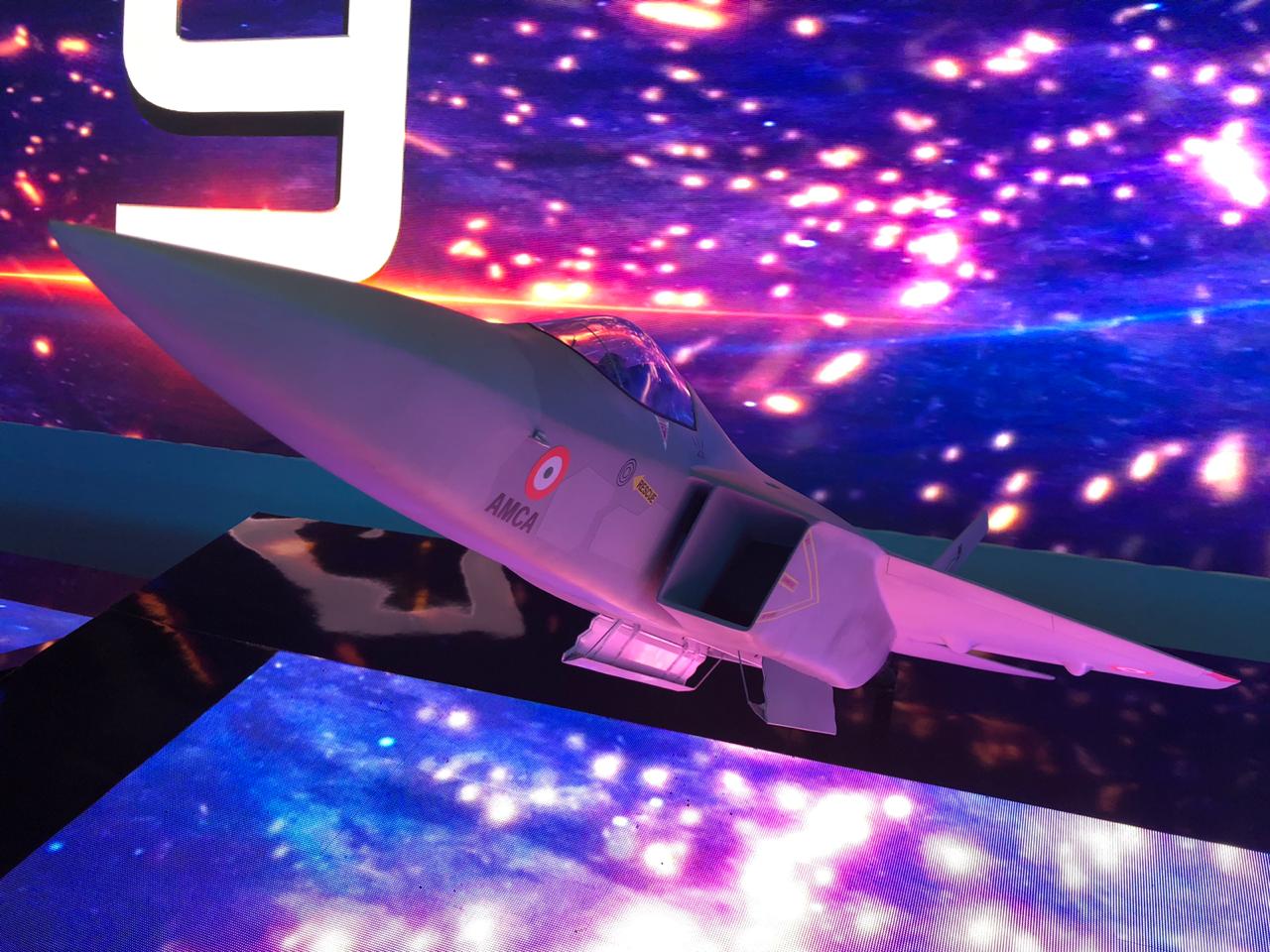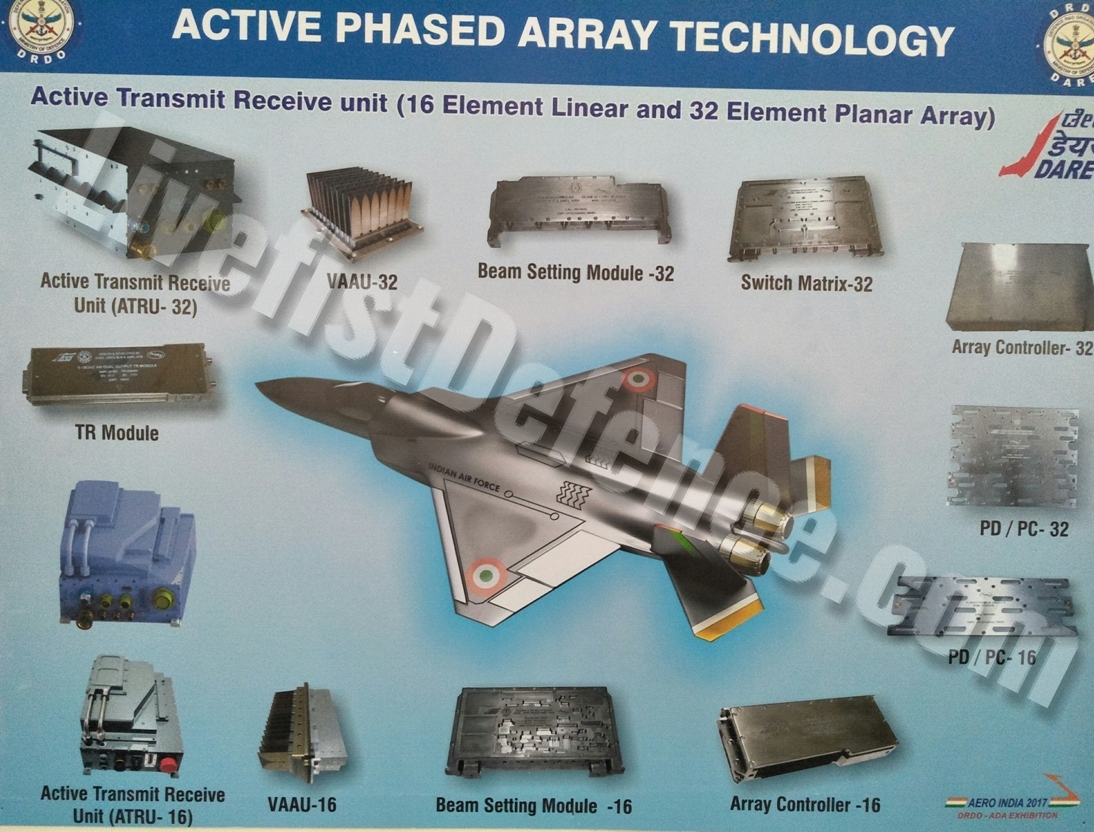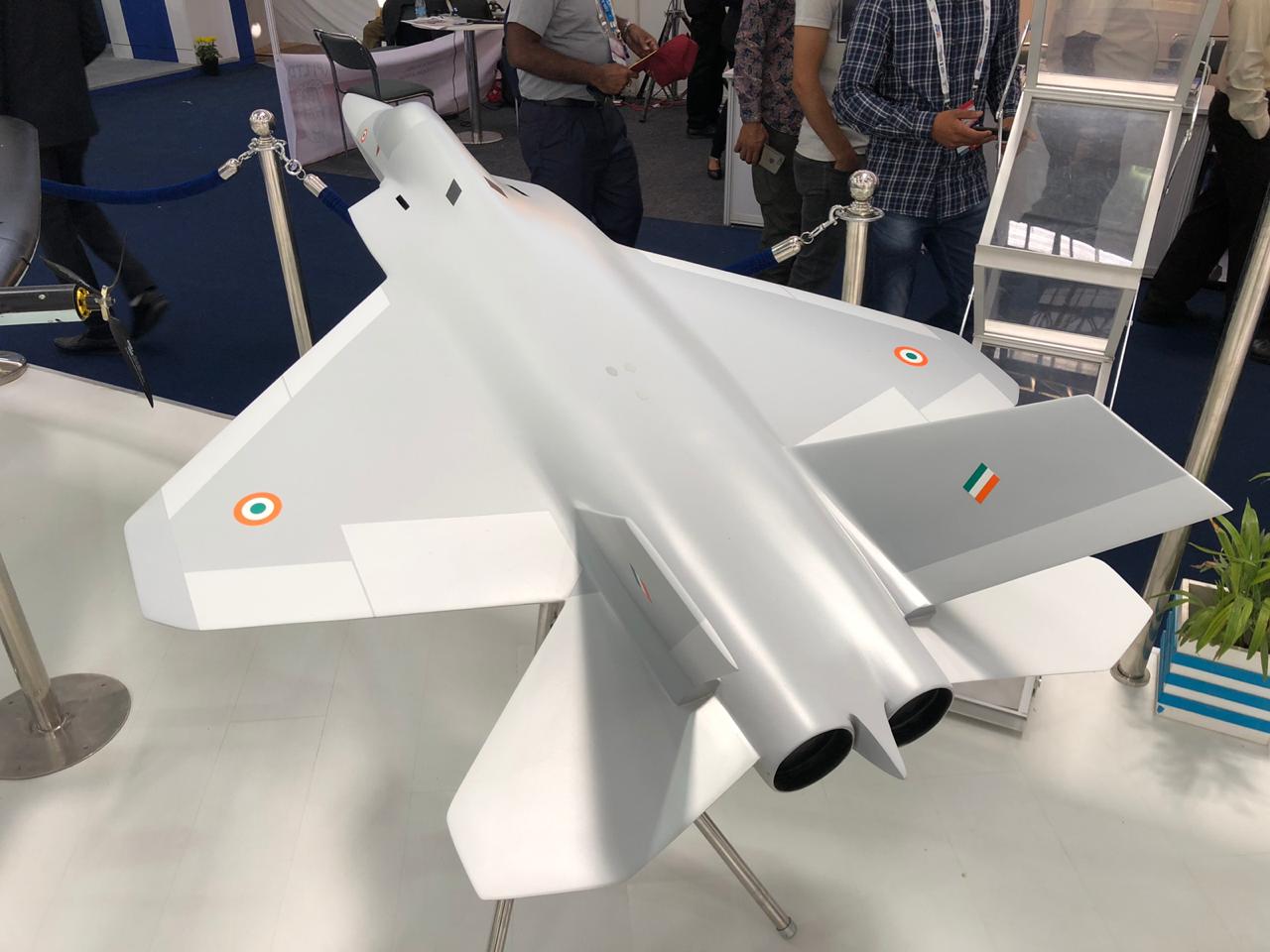
By YUSUF UNJHAWALA
There have been interesting and varied reactions to the idea that it will be better for the Indian Air Force (IAF) to put in all its efforts on the 5th generation Advanced Medium Combat Aircraft (AMCA) and cancel the 4th generation LCA MkII which is now known as the Medium Weight Fighter (MWF) program. While
some have been supportive, others don’t think the MWF should be scrapped. Their arguments are that the MWF is required and without the learning from it, India will not be able to make the AMCA. Another argument is that it is needed to replace the Mirage-2000, MiG-29 and Jaguar fleets. Some others fear that any
delay in the development of the AMCA will leave a hole while killing the LCA program.
First of all, the MWF is not required to make the AMCA. The AMCA was a separate development program and is not intended to succeed the LCA. The technologies and learnings from the LCA Mk1 and the LCA Mk1A will help the DRDO, HAL, ADA and the private sector companies involved to make the AMCA. This was also stated by the HAL CMD R Madhavan. Interestingly, this was in December 2018 when the LCA MkII had not changed into the bigger MWF. Earlier In April 2018, the then Defence Minister Nirmala Sitharaman in a written reply to a question in Lok Sabha stated that the feasibility study for the programme has been already completed So clearly, the making of the MWF has no bearing on the future manufacturing of the AMCA.

The LCA program which was initiated to replace the MiG-21 did not envision a larger MWF as a follow up. After the shortcomings of the LCA Mk1, the LCA MkII
was to be re-engined with a more powerful GE-414 from the current GE-404 along with the advanced avionics and weapons capabilities with modifications to the
airframe. The delays in getting the LCA MkII project led to the LCA Mk1A with upgrades as demanded by the IAF – primarily, the AESA radar and electronic warfare suite.
The Medium Combat Aircraft (MCA) was envisioned in the middle of the 1990s to replace the Mirage and Jaguar fighter jets. As that project didn’t take off, it transformed into the AMCA project in 2010 which the IAF saw as the replacement for its Mirage, MiG-29 and Jaguar fleets. So the question of the recently announced MWF being the replacement for these jets does not arise and is not dependent on it.

The fear of delays in AMCA leaving a hole in capabilities while killing the LCA project is unfounded. Perhaps those saying so doubt the capabilities of our scientists and engineers to deliver. The LCA project is not being killed as a total of 123 jets are on order as on date. But delays in giving full backing to the AMCA will hurt the project as both the LCA Mk1A and MkII projects will run parallelly taking majority of the resources and effort. In fact the LCA project itself could benefit from the AMCA project. The advanced sensors and other technologies that will be developed for the fifth generation AMCA can be used to upgrade the LCA and make it a potent platform. This can potentially lead to an LCA Mk1B model in the future which the IAF will find useful to order in certain numbers. This is what Lockheed Martin has done with the F-16 block 70 which draws from technologies developed for its F-35 5th generation fighter. Incidentally, it is one of the contenders for India’s medium range combat aircraft acquisition project.
Since there are reports of interest in the LCA from other countries, India will have a potent product to offer for export after the requirements of the IAF are completed.
The Indian Navy (IN) will not have an indigenous option if the AMCA is not developed at the earliest as it has rejected the LCA for carrier operations. The IN has stated that it will only buy the AMCA even as it backs the testing of technologies for naval operations with the Naval LCA. The IN operates one aircraft carrier, the INS Vikramaditya and building a second which will be named INS Vikrant. The IN is also going to build a much larger third carrier that will carry twice the number of aircrafts with assisted take off. The carrier which is likely to enter service sometime in the mid 2030s will require about 100 fighter jets.
In the absence of an indigenous option, the navy will be forced to look for an imported jet. It is already looking to buy 57 fighter jets for which the French Rafale and the American F/A-18 Super Hornet are in contention. The navy will also need a replacement for its 45 MiG-29s that currently are in service. The potential requirement for the AMCA from both the IAF and the IN is nearly 400 jets. The time frame for that acquisition to start is in the next 12-15 years. This will only be possible if there is complete backing and support for the AMCA so that it enters production in that timeframe.
Yusuf Unjhawala is a military affairs analyst and Editor of Indian Defence Forum. His work appears in Livefist, Mint, The Print and other publications. His views are his own and may not reflect those of Livefist.
Also read: More Than Tejas, The IAF Needs To Take Over AMCA Project NOW

Lets learn to walk first, then sprint..
There is definitely merit in the argument that the IAF should be looking to limit the number of aircraft types in the air force. A maximum of 3 which include the Su-30MKI’s, Rafales and LCA’s (Mark 1 and 1A). This will offer many advantages mainly in terms of cost, training and maintenance burdens and agility where aircraft’s can be deployed to different theaters as and when they are required in a war scenario.
I am also in favour of dropping the MRCA 2.0 program. Its pointless and a waste of money when an aircraft already exists in the inventory considering the IAF has now chosen to add twin engine fighters to the competition. It would be cheaper and faster to buy more Rafales with the India specific enhancements already paid for. Had this been a competition where only single engine fighters like the Gripen or the F-16 were allowed to compete then it may have been a good idea.
I also believe the IAF should not restrict itself to only 83 Mark 1A’s. They should keep buying as many Mark 1A’s as posssible until the MWF comes online or the 42 squadron target is met, whichever comes earlier. This will enable HAL production lines to be active and help them achieve economies of scale for their vendors and sub vendors. The IAF would rather have some aircraft rather than no aircraft.
You are correct in pointing out that many of the reasons that have been pointed against your argument are not correct. However there are a few arguments that can be made against your position. Fear of delays is certainly a good reason. You say that we should not doubt the capabilities of the scientists and engineers. On what precedent are you basing this statement on? Our scientist and engineers although capable have not been able to make any aircraft on time. This may not be their fault at all. Even if we have full faith in or scientists and engineers can we trust the services to not change the requirements. Based on lessons learned from past experience betting everything on one program does not make sense at all. Parallel programs are certainly a good idea from that perspective. To the IAF the Mark 2 represents a low risk option since it is more or less an incremental improvement to the Mark 1A.
Another point of contention with your plan is that having an all stealth force is a very costly proposition. This is the reason the US are not replacing all their F-15’s with F-22’s. They are replacing all their other platforms with F-35’s because of the massive economies of scale their budget affords them. Despite this they are keeping the F-15’s. The US Navy is also not planning to part with the F-18 hornet anytime soon despite inducting F-35’s. Maintaining stealth aircraft is also very difficult and costly. For a country with a limited defense capital budget like India using resources wisely is imperative.
Additionally some missions are not suitable for stealth aircraft. Normal patrolling missions can be done by more cheaper/older generation aircraft like the LCA/MWF. You dont want to use the life of your most critical stealth assets for mundane missions or missions where stealth is not required. To maintain stealth all weapons have to be stored internally. This also limits the amount of weapons that they can carry. They can carry weapons on the outside but then you would rather use your non stealthy assets for such a mission.
You should start viewing the MWF as a natural progression of the Tejas replacing older variants like the Mark 1 and 1A rather than looking at it as a development program competing with the AMCA which is what your article sounds like.
The IAF is large enough to hold 2 different types of aircraft for separate mission profiles. In the 2035-2040 period I hope the IAF will have a fully indigenous air force comprising of Indian made aircraft like the AMCA and the MWF only flying with Indian made weapons with Indian made sensors and electronic equipment.
Totally disagree with this assessment. Yusuf is missing the wood for the trees!.
AMCA is at least 20 years away.
He is not factoring in skills which will be developed by manufacturing LCA and MWF.
Learn from the Navy. Keep the manufacturing line going.
Btw how is it that f 16 adverts are being peddled here. Couldn’t you psuedo experts leave our indigenous projects alone.
Sir,
Unlike how we plan ,design and manufacture aircraft, and think about engines to power them later, it might be a good idea to first identify the amount of thrust required with and without afterburners and then to identify the appropriate engine that would go into the machine with a tendency to over power rather than under power and then design the aircraft around these engines imho.